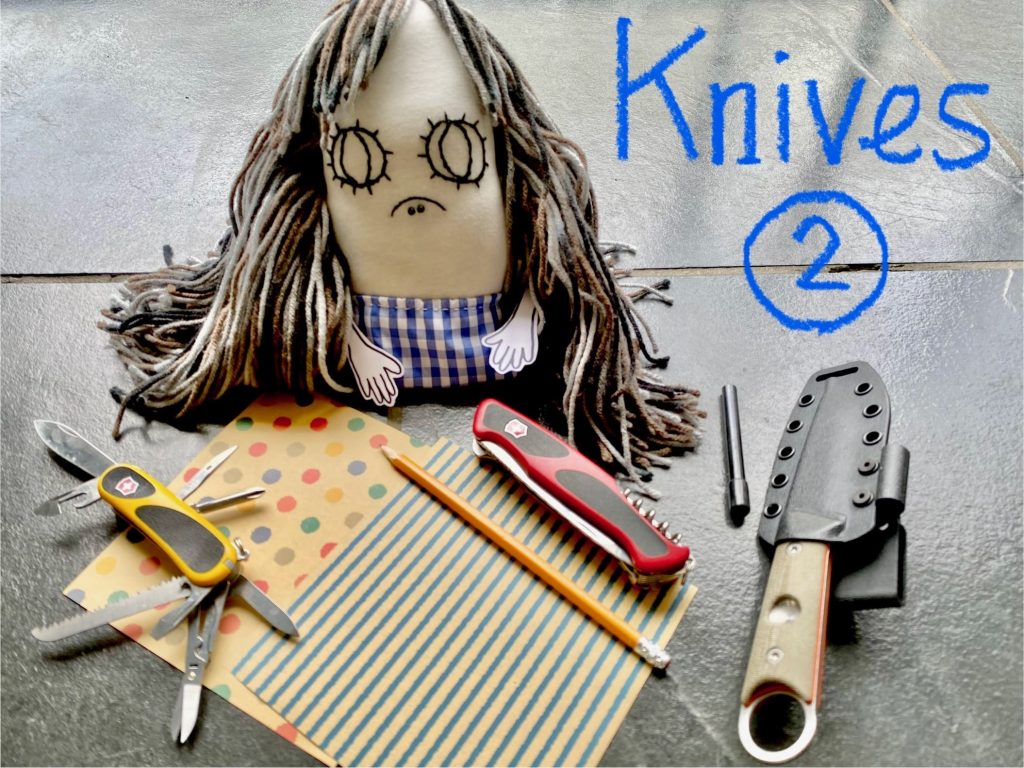
What should I know about emergency knives before getting one?
You need to know, at least, how to use the knife.
Tell me which points to consider when buying a knife!
Do I need to try my knife before setting it up in an emergency bag?
Are they safe for my children?
After a major disaster, you might suddenly have to do many things for yourself. You may find yourself — you and your family — thirsty, hungry, sleepy, or cold. In a crisis, these conditions can persist, indefinitely. So, what can you do? You need to push your survival-mode button, and flip the switch in your mind. A knife will be tremendously helpful, in an emergency situation, and you will be glad you have one (see post #76).
First, let me ask you a question. How often do you use a knife for anything other than cooking? Hmmm… How about your kids?
Sadly, my kids didn’t have a woodshop class in school, nor did they ever have a cooking class. The schools in my area (in the U.S.) don’t offer these classes… Why not???
Back in Japan, both cooking and woodshop classes are still required in elementary school, middle school, and in high school. I am very disappointed in the school system here, in the U.S. How about in your country?? Both classes are very important subjects that teach kids valuable life skills. So why not teach these classes???
A knife is a knife. We need to appreciate that there are no safe knives, so we need to teach our children how to use them, safely. Adults should also find opportunities to practice with knives. Knives are dangerous. We need to become proficient with them in order to use them safely. One good thing to learn is how to cut wood without injuring yourself.
Without injuring yourself? Right. I’ll say it one more time: learn to use a knife without injuring yourself.
We need to get used to our knife, but it’s also important for us to pick out a knife that suits us.
Considerations when shopping for a knife
- Clear purpose: Different activities call for different features.
- Place: Where you will be using the knife? The environment is an important factor when choosing your need.
- Experience: Evaluate your skill level in handling knives. Beginners might need a knife with added safety features, while more experienced users might opt for a more versatile tool.
- Blade material: High carbon steel blades are known for their durability and edge retention. Stainless steel offers excellent corrosion resistance.
- Blade shape: Different shapes like clip point, drop point, or tanto offer varied benefits for tasks such as slicing, piercing, or chopping.
- Handle material and ergonomics: The comfort and durability of your handle are important considerations.
- Size and weight: Find a balance that suits your needs. While larger knives can handle heavy-duty tasks, they might be cumbersome to carry.
- Fixed or folding: Fixed blades offer more strength and durability, making them suitable for heavy-duty tasks. Folding knives are more compact and convenient for carrying.
- Features: Some knives have a serrated edge, some a lanyard hole, and others a glass breaker. These features can add versatility to your knife, making it a more valuable tool in emergencies.
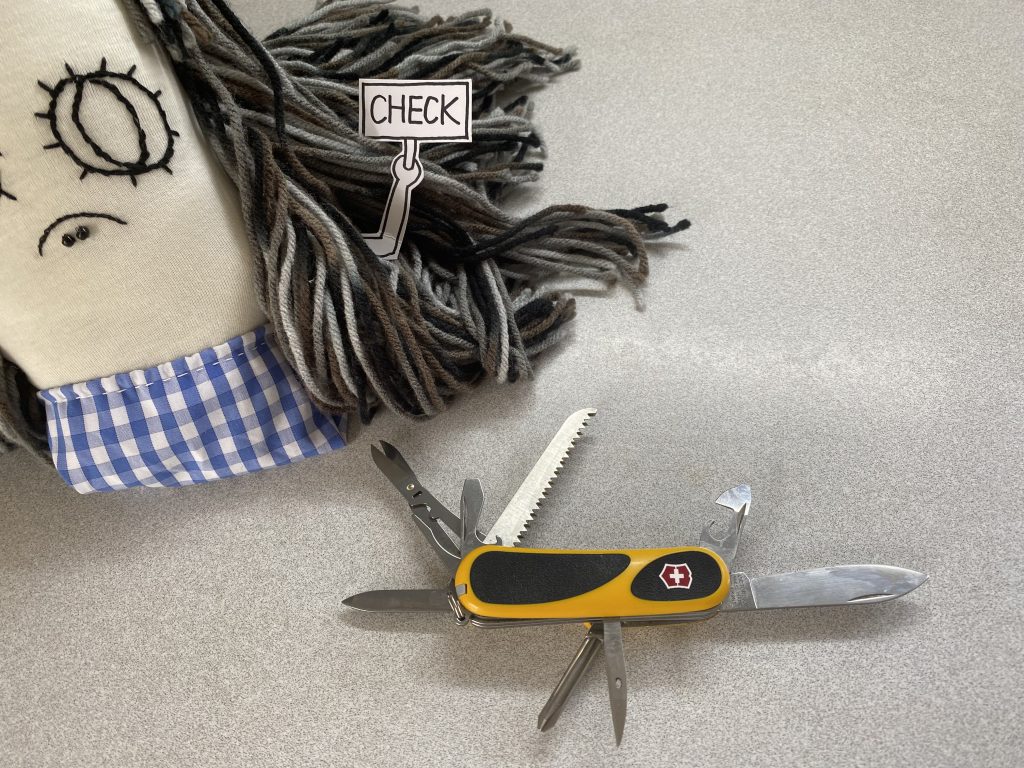
Practice
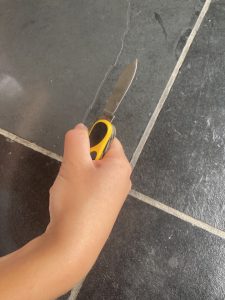
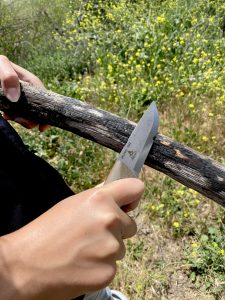
★ Try to hold up the knife safely. (Kids should learn this too.)
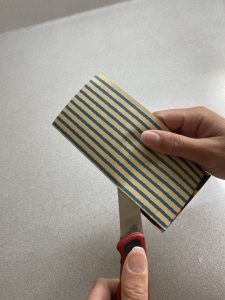
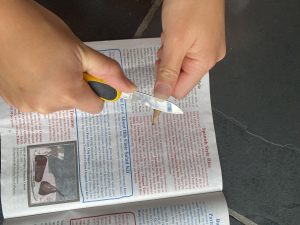
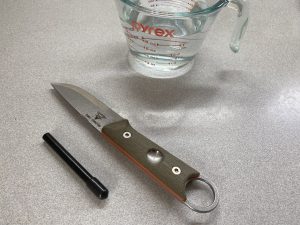
Practice with your knife. If you have chores which require cutting, don’t miss the opportunity to use your knife!
💡
Practice and get used to it!!
In emergency situations, we don’t need everything to be perfect, we just need to survive. We might not be particularly good at building shelters, starting fires, or making dinner, but at the very least we need to know how to use our knife. Please go hiking or camping, or have a picnic, outdoors, in nature, and practice using your knife.
The knife might be heavy for your emergency bag, but it’s a very important tool for emergencies.
It won’t take up a lot of space in your emergency stockpile. Please be prepared!!
See you next time
Remember, “Protect your life by yourself” (自分の命は自分で守る). You need to survive first, and then you need your emergency supply. No matter how well you prepared your emergency supplies, if you die, then all of your preparations will have been for nothing. First and foremost, keep your health up all the time. Build your stamina so that if you need to, you can evacuate as quickly as possible. Stay healthy.